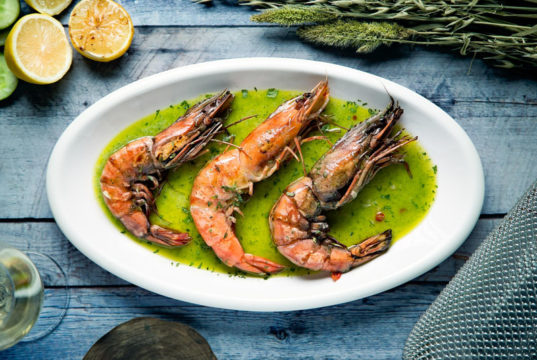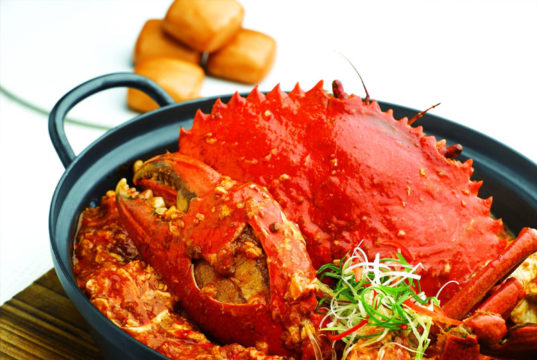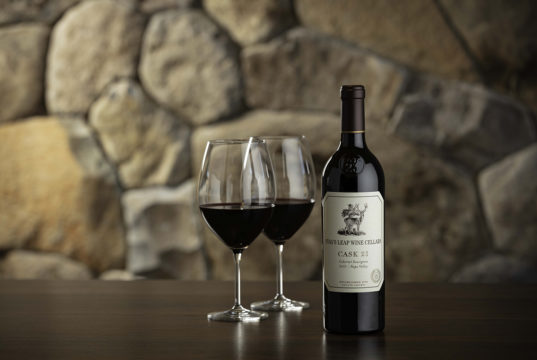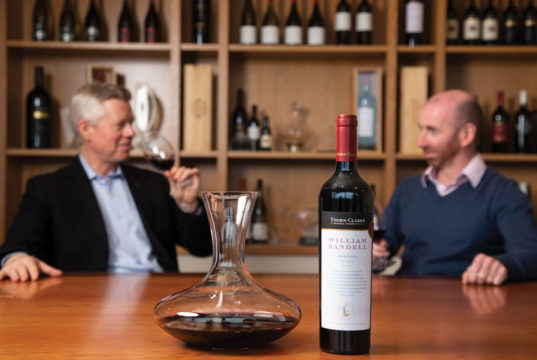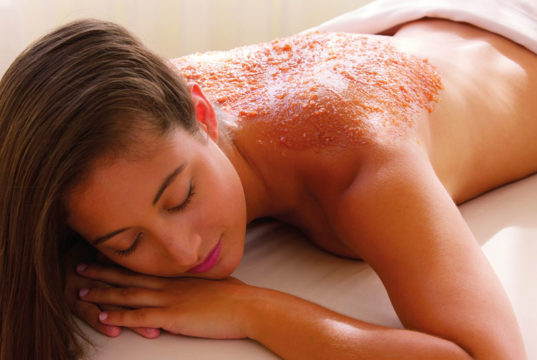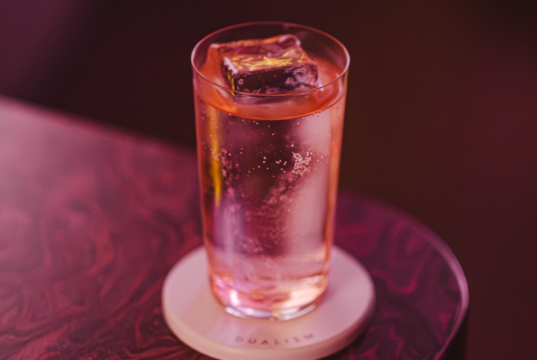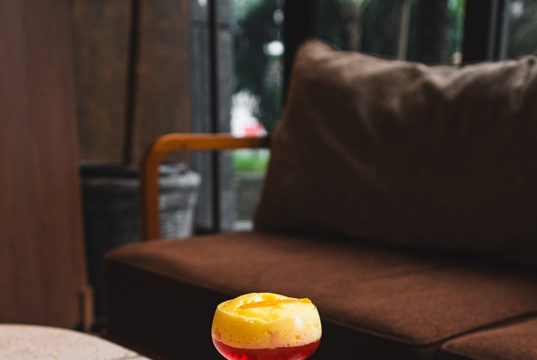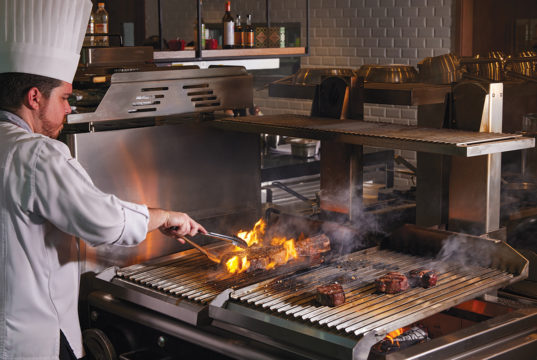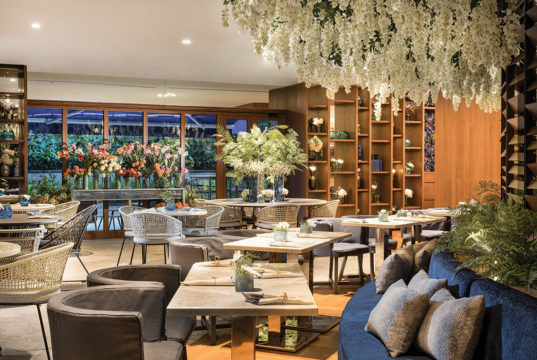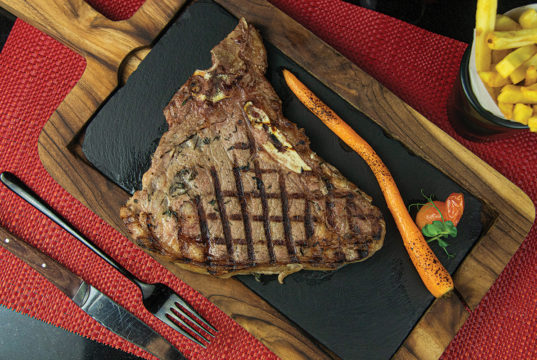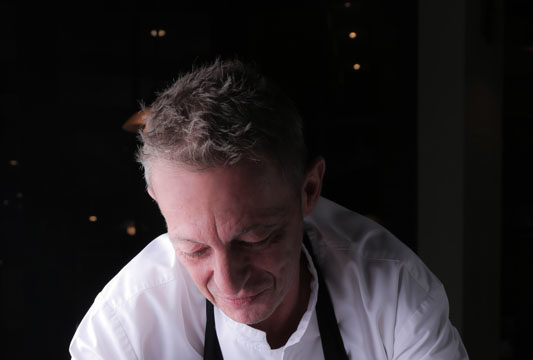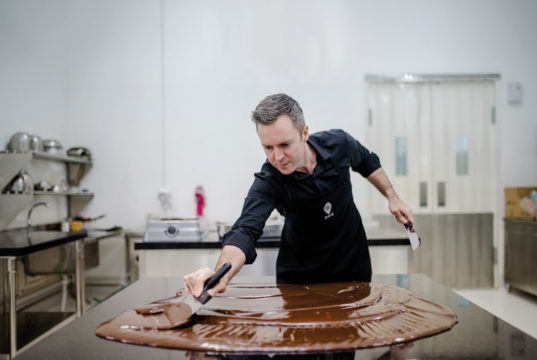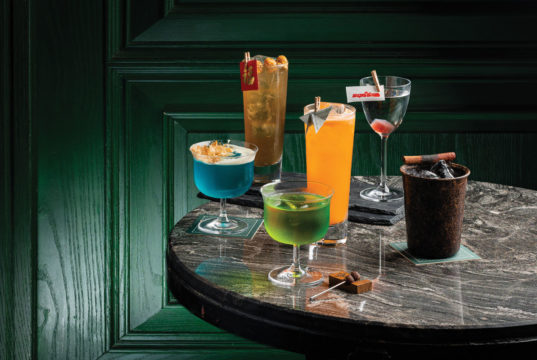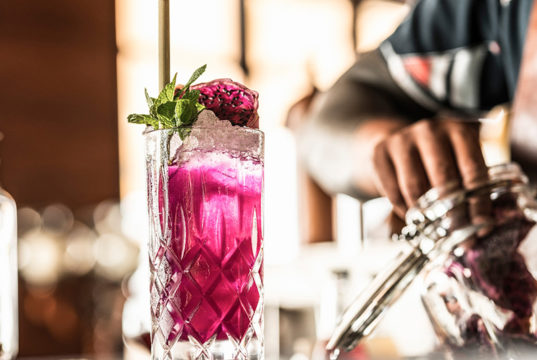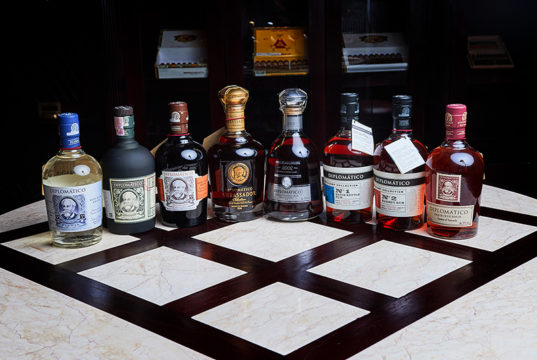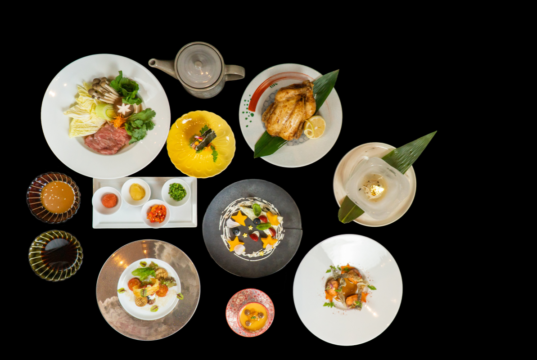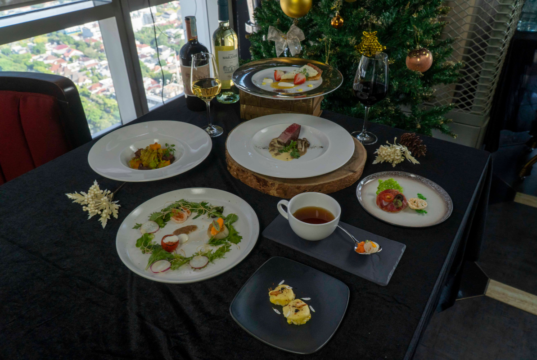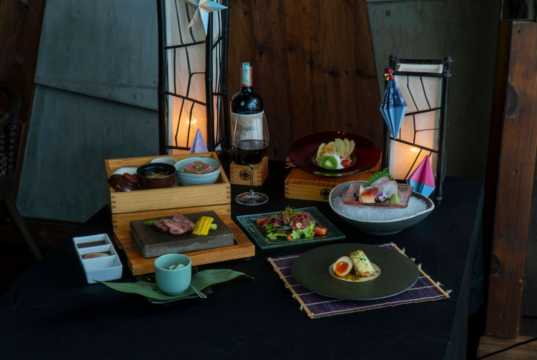AFTERTASTE: The taste that lingers after the wine is tasted, also termed FINISH, it is the most important factor in judging a wine’s character and quality.
APPEARANCE: Refers to a wine’s clarity, not colour.
BALANCE: A wine has balance when all its elements are harmonious, demonstrating no dominating feature.
BODY: The impression of weight or fullness on the palate; usually expressed as full, medium, or light-bodied.
BOUQUET: The smell that a wine develops after it has been bottled and aged.
BRIGHT: Description for fresh, ripe, zesty, lively young wines with vivid flavours.
BRILLIANT: Describes the appearance of very clear wines with absolutely no visible suspended or particulate matter.
BUTTERY: Indicates the smell of melted butter or toasty oak.
CEDARY: Denotes the smell of cedar wood associated with mature cabernet sauvignon and cabernet blends aged in oak barrels.
CLEAN: Fresh on the palate – note this does not necessarily imply good quality.
CLOSED: Wines with character, but short in aroma or flavour.
COMPLEXITY: All great winemakers strive for complexity; a combination of richness, depth, flavour intensity, focus, balance, harmony and finesse.
DELICATE: Used to describe light and medium wines with good flavours, often used to describe pinot noir or riesling.
DEPTH: Describes the complexity and concentration of flavours in a wine.
EARTHY: Can be positive or negative in wine and generally describes a soil-like taste.
FLORAL: Having the characteristic aromas of a range of flowers.
FRESH: Having a lively, clean and fruity character; an essential characteristic for young drinking wines.
FRUITY: possessing the aroma and taste of fruit or fruits.
GRASSY: Used for sauvignon blanc to describe fresh mown grass – can be overbearing and strong.
HERBACEOUS: Denotes the taste and smell of herbs. This can vary enormously.
LENGTH and LINGERING: The longer the better – length denotes a taste and aroma that remain after swallowing. If the aftertaste remains for several seconds, it is said to be lingering.
LIVELY: Describes wines that are fresh and fruity.
LUSH: Wines high in residual sugar that taste soft.
OAKY: Describes the aroma or flavour imparted by the oak barrels. Toasty, vanilla, cedary and smoky indicate the desirable qualities of oak, while charred or burnt are the unpleasant side.
PERFUMED: Describes the strong and floral aromas present in some white wines.
ROBUST: Full-bodied, intense and vigorous.
SOFT: Describes wines low in tannins or acidity. Soft wines are made for easy social drinking.
SPICY: Indicates the presence of spice: anise, cinnamon, cloves, and pepper, which add complexity.
TANNIN: Found mostly in red wines, tannin arises from grape skins, seeds and stems, but also from oak barrels. It is a natural preservative that helps wine age and develop. When you drink wine and get the dry-mouth sensation, that is caused by tannins.







